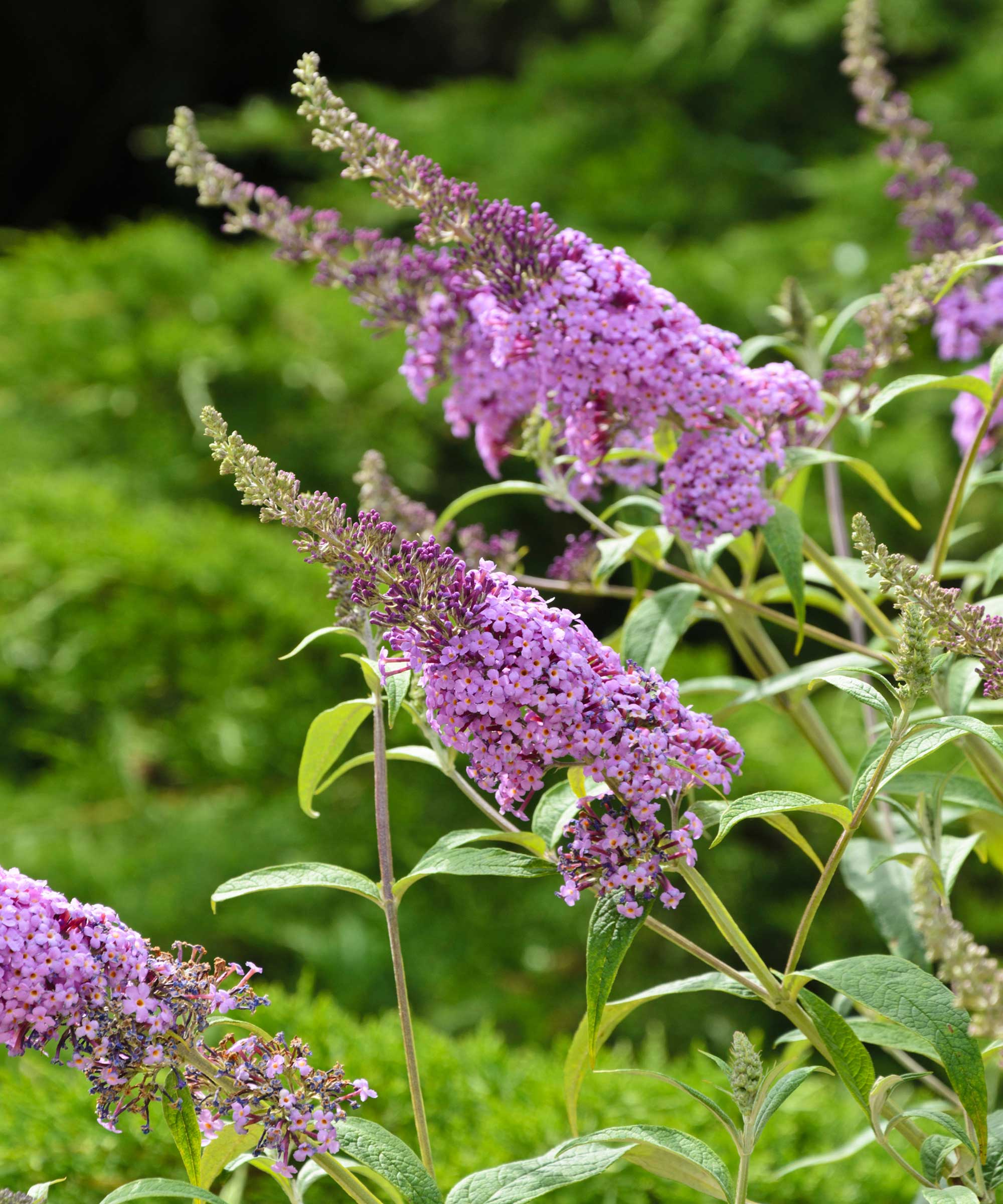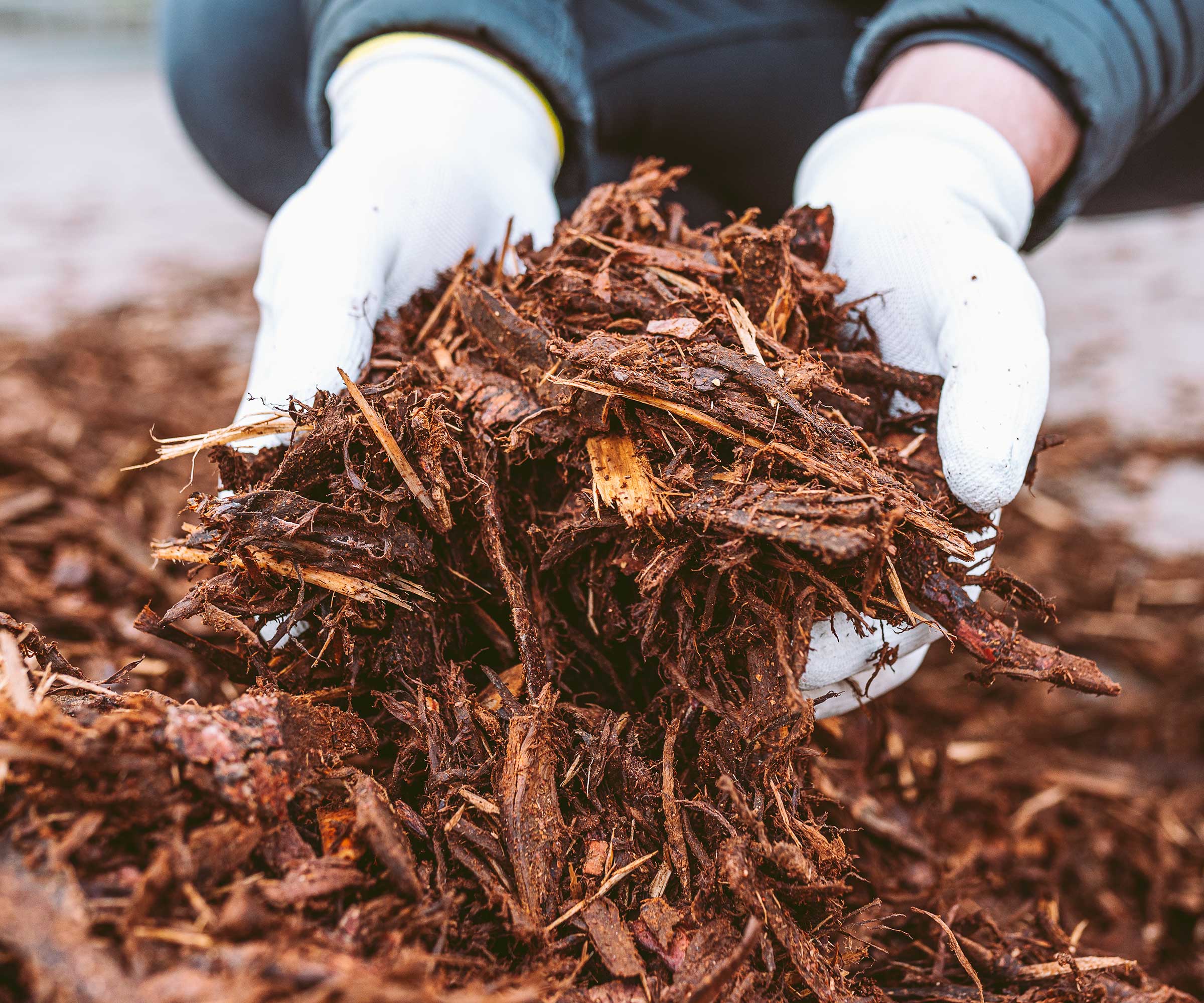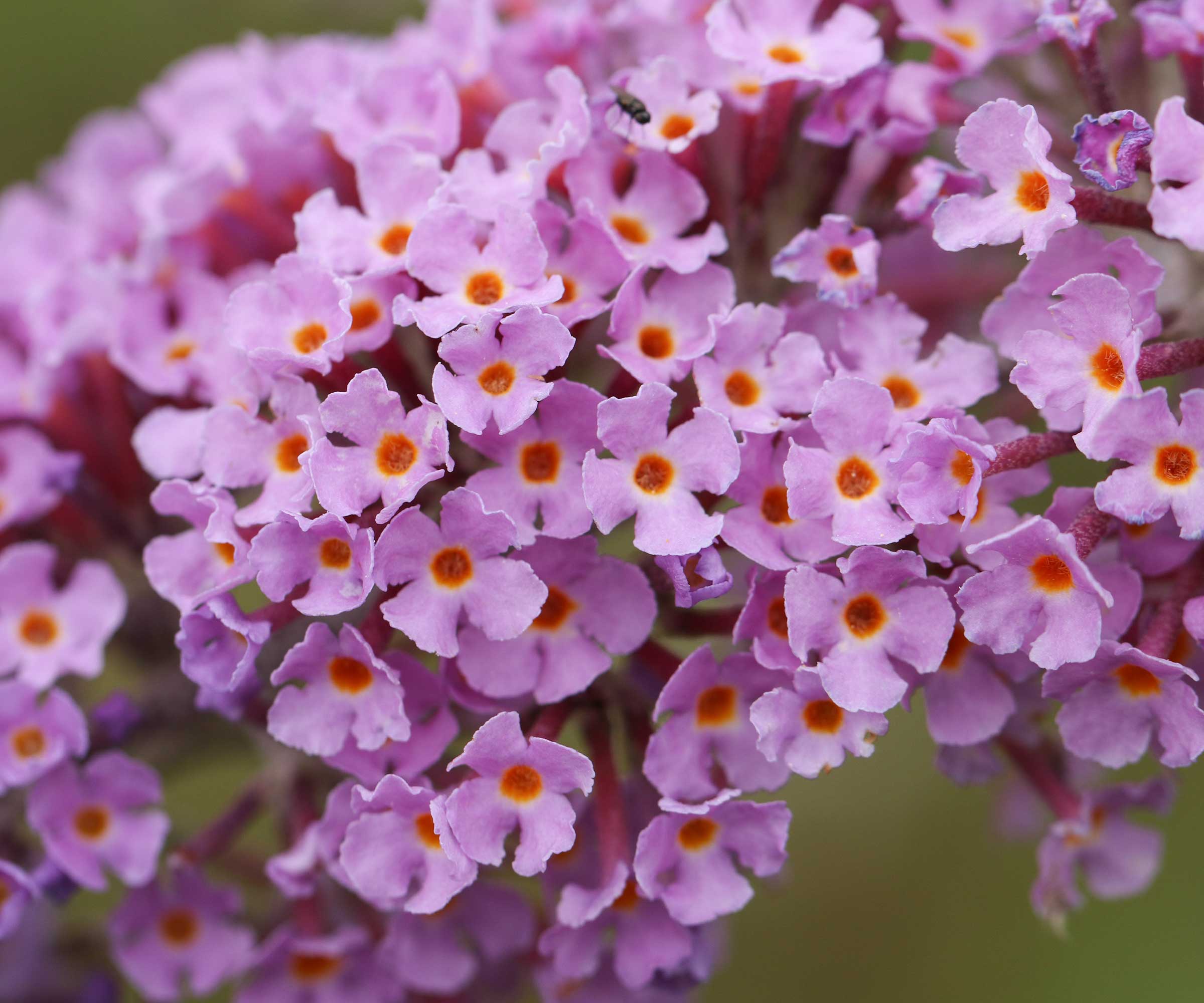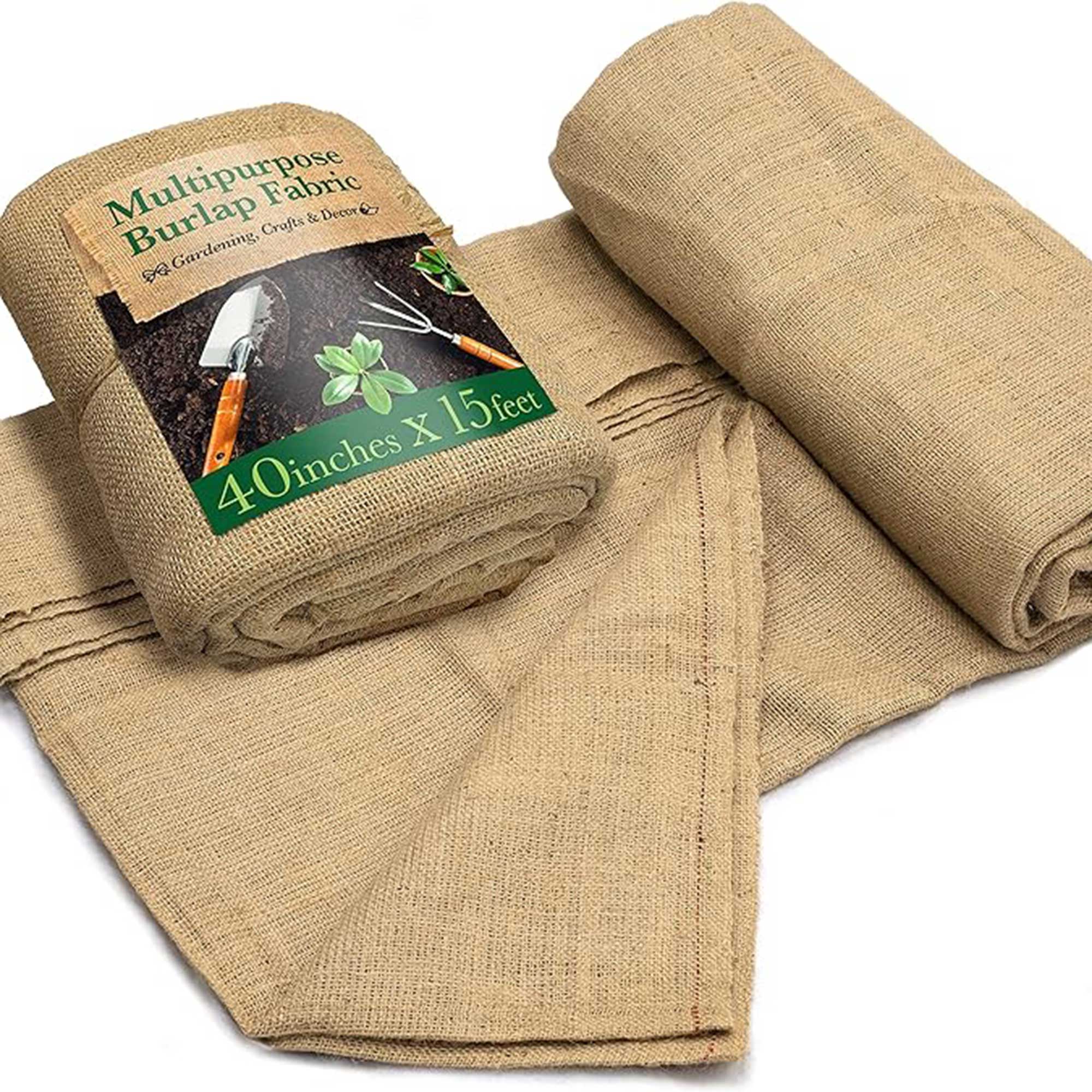
Buddleia, also known as the butterfly bush, is a fast-growing perennial adored by pollinators. Many varieties are hardy down to zone 5, but a bit of extra care can help them withstand particularly cold snaps.
Winterizing your butterfly bush before inclement weather sets in is super easy and well worth the effort for gardeners in cooler regions – whether you're growing your plant in the ground or in a pot. As Kiersten Rankel of plant-care app Greg highlights, it can help them 'survive freezing temperatures, maintain healthy roots, and produce more abundant blooms' in the spring.
From mulching to wrapping planters up, there are a few things you can do. Below, you'll find practical tips to help you prepare, including advice on whether you should cut them back.

How to prepare your butterfly bush for the winter
With their rampant nature, these flowering shrubs are often considered invasive plants. But just like olive trees in winter, extreme weather can take its toll without precautionary measures in place.
Do note that butterfly bushes sometimes die back over winter in colder hardiness zones, but this isn't necessarily a cause for concern. As long as their roots stay healthy, they should grow back in the spring.
Mulching butterfly bushes for winter

Mulching is one of the best ways to prepare plants for winter, as it provides a layer of insulation.
Jim Putnam, a plant expert on behalf of Butterfly Candy™ Buddleia, says, 'As the cold weather and hard frosts approach, butterfly bushes planted in the landscape will benefit from a layer of much applied around the roots.
'Mulch in an even layer around the root zone, keeping a 3-4-inch zone directly around the base of the shrub free from mulch to minimize the risk of pest or rot problems.' Kiersten recommends making the layer of mulch 3-4 inches thick.
How to prepare container-grown butterfly bushes for winter

'Container-grown butterfly bushes need a bit more protection since their roots are more exposed to freezing air,' says Kiersten.
If possible, she recommends moving potted plants to a safe location such as an unheated garage or against a protected wall. If you're moving your plant indoors, Jim advises making the transition slowly as the weather cools, gradually increasing the amount of time it is inside to avoid shock.
'If you can't move the container, wrap it in bubble wrap or burlap to help insulate the roots,' Kiersten continues. 'You might also consider burying the entire container into the ground for winter, which helps protect the root system from freeze-thaw cycles,' she adds.
You can also add mulch to protect container plants from winter weather. 'Again, avoid mulching densely right against the shrub’s primary stalks to reduce the risk of pests and rot,' notes Jim.

With different sizes available, this popular, versatile, and durable fabric can be used to protect your backyard pots.
FAQs
Should you cut back a butterfly bush for winter?
Pruning a butterfly bush just before winter can make it more vulnerable to damage.
Instead, Jim Putnam recommends waiting until late winter or early spring. Most varieties bloom on new growth, and Jim says how pruning at this time encourages the production of new wood upon which blooms will form. It also 'helps keep your shrub at a desirable height for your space, and reduces the risk of fragile older wood at the bottom splitting and taking on damage during spring storms.'
Should you water butterfly bushes over winter?
According to Jim Putnam, buddleia doesn't need as much water as it approaches its dormant months. For in-ground plants, he advises reducing any supplemental watering as winter approaches to approximately once monthly, except in periods of extreme dryness. He recommends watering container plants once or twice per month, if the pot isn’t already receiving water through rain or snow.
'Overwatering can increase the risk of rot in this low-water shrub, and the mulch you’ve applied will also help preserve moisture,' he adds.
Depending on your hardiness zone, there are other steps you may need to consider to overwinter your garden. For instance, you may need to winterize your salvias, or overwinter pelargoniums indoors.







